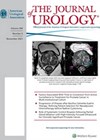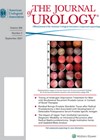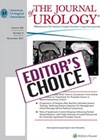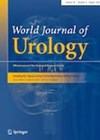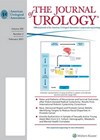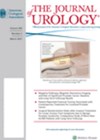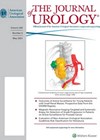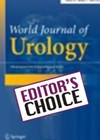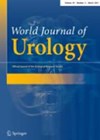
Journal Reviews
The urinary microbiome in IC/BPS: more complicated than we imagined
The concluding statement of this short review states, “the study of the urinary microbiome and its impact on urological disease, including IC/BPS, is in its infancy.” A lot has been said on this subject in recent years, but this, in...
A tale of two cities – hypospadias outcomes
As urologists, it is important to know our results. In terms of hypospadias surgery, which is commonly undertaken after the age of one year in the UK, long-term follow-up is required to fully acquire this knowledge. Long-term urinary outcomes and...
Factors and time to conversion from prostate cancer active surveillance to treatment
Active surveillance is the standard of care for men with low-risk and selected men with favourable intermediate risk prostate cancer. The aim is to reduce the morbidity and mortality of overtreatment of non-clinically significant prostate cancer. A significant proportion progress...
Time for tea
Kidney stone disease can be related to genetic, biochemical, and dietary factors. Much has been said about the link between tea and coffee consumption and risks of urinary stone formation. This is a systematic review using the PRISM statement with...
Fear and frustration among women with recurrent UTIs
The risk of a women developing a urinary tract infection in her lifetime is over 50%, approximately 25% of which become recurrent (rUTIs). This study examined the viewpoints of women with rUTIs through six focus groups at a tertiary centre...
Standard versus expanded cultures to diagnose UTIs in women
Clinicians are well aware of the limitations of the so-called Kass criteria applied to standard urine culture (SUC) techniques as well as the limitations of empiric antibiotic prescribing for symptoms that are known to overlap with chronic conditions such as...
Parental psychological intervention improves outcomes for children with night wetting
Bed wetting is a common disorder that can potentially limit social interactions (e.g., sleepovers) and have emotional implications for both the child and their family. Here, Sa et al. from Brazil, hypothesised that involving parents in the treatment and providing...
Inguinal vs. scrotal orchidopexy
Undescended testes occur in 1-3% of newborns; the prevalence is even higher in premature babies. Traditionally the surgical approach has been inguinal orchidopexy, involving two incisions – inguinal and scrotal. In 1989, Bianchi and Squire proposed single scrotal incision orchidopexy...
Active surveillance for small renal masses in younger patients
Active surveillance (AS) is discussed as an option for renal masses <2cm in patients with significant competing risks for mortality. This multicentre data from the US seeks to fill an important gap in current guidelines for provision of this option...
Homo digitalis during COVID-19?
The COVID-19 pandemic has affected all aspects of our lives. We have seen huge changes in the health service, medical practice and hospital working. Many urology meetings – national and international – were cancelled and seminars and courses have become...
Risk factors for BC after minimally invasive RNU
Bladder cancer (BC) after radical nephroureterectomy (RNU) has an approximate incidence of 20-50%. This contemporary multicentre study will inform the ongoing debate on risk factors for BC after minimally invasive RNU and how it may be prevented. Three hundred and...
Urinary tuberculosis and the busy urologist!
This article is a very good read for any busy urologist. When in medical school, we were taught that tuberculosis (TB) was rare in the UK and other developed countries. We have come full circle; now there are increasing cases...

